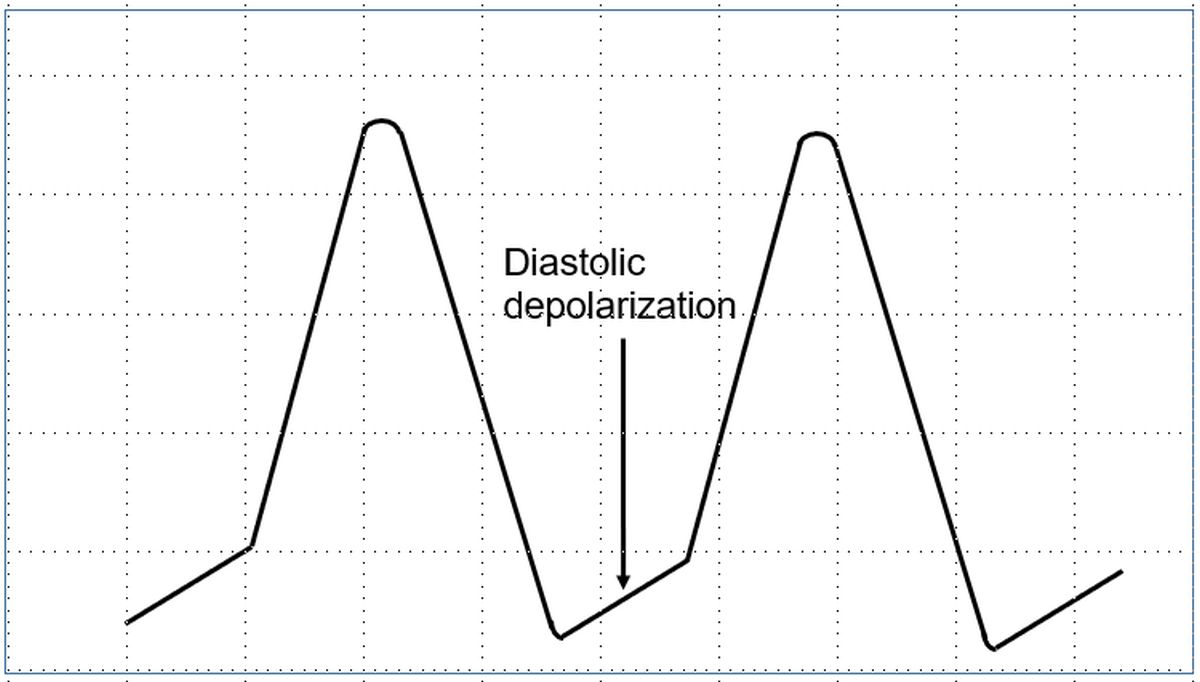Ivabradine – Class 0 antiarrhythmic agent
Ivabradine – Class 0 antiarrhythmic agent
Ivabradine is a Class 0 antiarrhythmic agent as per the Modernized Classification of Cardiac Antiarrhythmic Drugs [1]. It is a Hyperpolarization-Activated Cyclic Nucleotide-Gated (HCN) channel blocker. Ivabradine inhibits If current (funny current) responsible for diastolic depolarization, which is responsible for the automaticity of the sinus node. Hence it is a pure sinus node inhibitor.

As an antiarrhythmic agent, it has been used in the treatment of inappropriate sinus tachycardia [2].
Ivabradine is used more often in heart failure, based on SHIFT trial [3] and in coronary artery disease with left ventricular dysfunction based on BEAUTIFUL trial [4].
Ivabradine can enhance the risk of atrial fibrillation. It has to be discontinued if AF develops. Moreover, it has no effect when not in sinus rhythm.
Visual effects (phosphenes) have been described in trials as ivabradine can inhibit Ih retinal current which is similar to If current. QT prolongation and torsades des pointes can rarely occur due to the bradycardia induced by ivabradine.
References
- Ming Lei, Lin Wu, Derek A Terrar, Christopher L-H Huang. Modernized Classification of Cardiac Antiarrhythmic Drugs. Circulation. 2018 Oct 23;138(17):1879-1896.
- Olisaemeka Achike and Harry DeAntonio. Ivabradine And Inappropriate Sinus Tachycardia: A Funny Target For An Inappropriate Disease. J Am Coll Cardiol. 2018; 71(11):Supplement. DOI: 10.1016/S0735-1097(18)33147-4.
- Karl Swedberg, Michel Komajda, Michael Böhm, Jeffrey S Borer, Ian Ford, Ariane Dubost-Brama, Guy Lerebours, Luigi Tavazzi, SHIFT Investigators. Ivabradine and outcomes in chronic heart failure (SHIFT): a randomised placebo-controlled study. Lancet. 2010 Sep 11;376(9744):875-85.
- Kim Fox, Ian Ford, Philippe Gabriel Steg, Jean-Claude Tardif, Michal Tendera, Roberto Ferrari, SIGNIFY Investigators. Ivabradine in stable coronary artery disease without clinical heart failure. N Engl J Med. 2014 Sep 18;371(12):1091-9.
